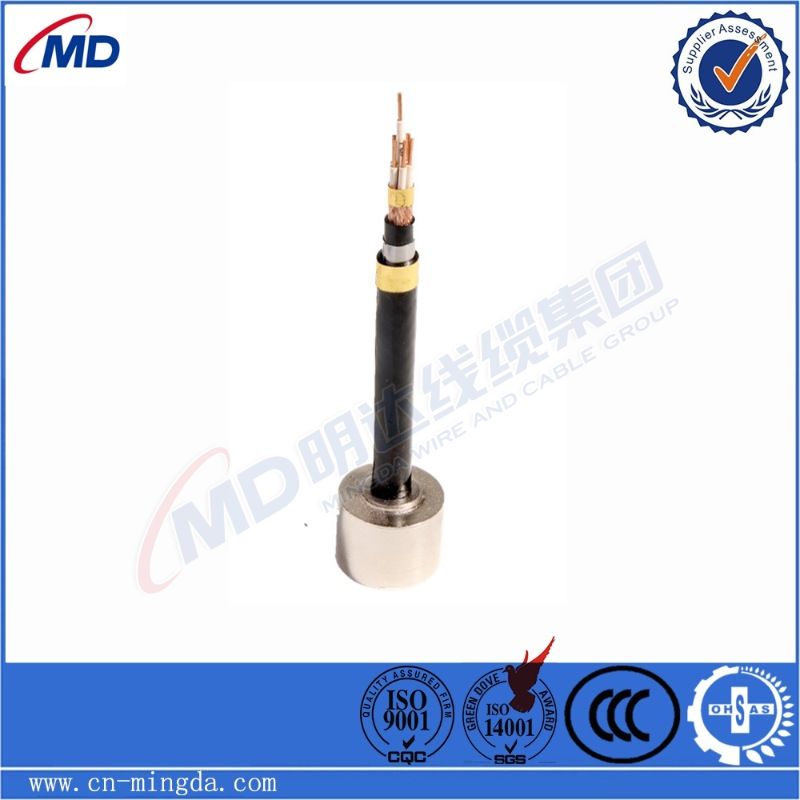Novemba . 06, 2024 06:39 Back to list
Flanged Butterfly Valve Design and Installation Guide for Efficient Flow Control
Understanding Butterfly Valve Flange Ends Design, Function, and Applications
Butterfly valves are widely used in various industries for regulating flow in piping systems. One critical component of many butterfly valves is the flange end, which plays an essential role in connecting the valve to the pipeline. This article delves into the design, functionality, and applications of butterfly valve flange ends, providing a comprehensive overview for engineers and procurement professionals involved in industrial systems.
What is a Butterfly Valve?
A butterfly valve is a quarter-turn rotational motion valve that uses a circular disc (the butterfly) to control the flow of fluid through a pipe. The disc is mounted on a shaft and is positioned perpendicular to the flow when closed and parallel when open. This simple design allows for quick operation and efficient flow regulation, making butterfly valves a popular choice across many sectors, including water treatment, HVAC, oil and gas, and chemical processing.
Importance of Flange Ends
Flange ends on a butterfly valve are crucial for connecting the valve to the piping system securely. Flanges are flat pieces of metal used to connect two sections of pipe or to connect a valve to a pipe. They allow for easy installation and maintenance, ensuring that the butterfly valve can be quickly removed for servicing without disturbing the entire piping system.
Flange ends can be designed according to various standards, including ASME, ANSI, and DIN, depending on regional requirements and industry practices. The materials used for flanges must withstand the operating pressure and temperature of the fluid being regulated, and common materials include carbon steel, stainless steel, and other alloys.
Design Considerations
The design of butterfly valve flange ends must accommodate several factors to ensure optimal performance
1. Pressure Rating Flanged butterfly valves come with different pressure ratings, such as 150 psi, 300 psi, or higher. It is essential to select a valve design that matches the specific pressure requirements of the system.
2. Size Compatibility The flange size must match the pipe size to ensure a proper seal and prevent leaks. Standard flange sizes are specified in accordance with industry guidelines, and it’s crucial to adhere to these standards when selecting a valve.
butterfly valve flange end

3. Gasket and Seal Selection The gasket material must be appropriate for the fluid being handled, as it affects the integrity of the sealing mechanism. Common materials include rubber, PTFE, and metal, each chosen based on the chemical properties of the fluid.
4. Mounting Features The design may feature bolt holes and other mounting aids to facilitate installation. Ensuring proper alignment and spacing is vital for maintaining the performance of the valve.
Applications of Butterfly Valve Flange Ends
Butterfly valves equipped with flange ends are versatile and find applications in numerous industries
1. Water Treatment These valves are commonly used in water purification processes, allowing for efficient control of flow and pressure regulation.
2. HVAC Systems In heating, ventilation, and air conditioning systems, butterfly valves help in managing airflow and maintaining system efficiency.
3. Oil and Gas Flanged butterfly valves are critical in pipeline systems for controlling the flow of natural gas and petroleum products while ensuring safety and reliability.
4. Chemical Processing They are used to control the flow of corrosive chemicals, where the choice of flange material is crucial for ensuring durability and resistance to wear.
5. Food and Beverage In the food industry, hygienic designs of butterfly valves with flange ends ensure compliance with health regulations, allowing for smooth flow control in production lines.
Conclusion
Butterfly valve flange ends are an indispensable component of modern piping systems, facilitating secure connections between valves and pipes while ensuring efficient operation. Understanding their design, function, and significance in various applications is vital for anyone involved in the selection and maintenance of industrial valves. By choosing the right butterfly valve with appropriate flange ends, industries can enhance the reliability and efficiency of their flow control systems, ultimately leading to better operational outcomes.
Share